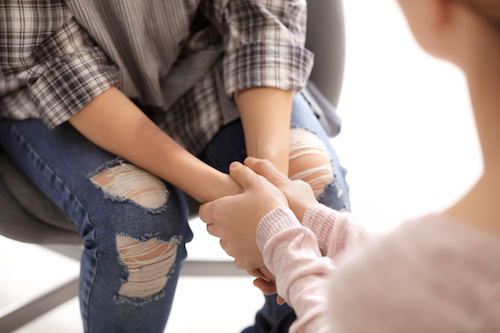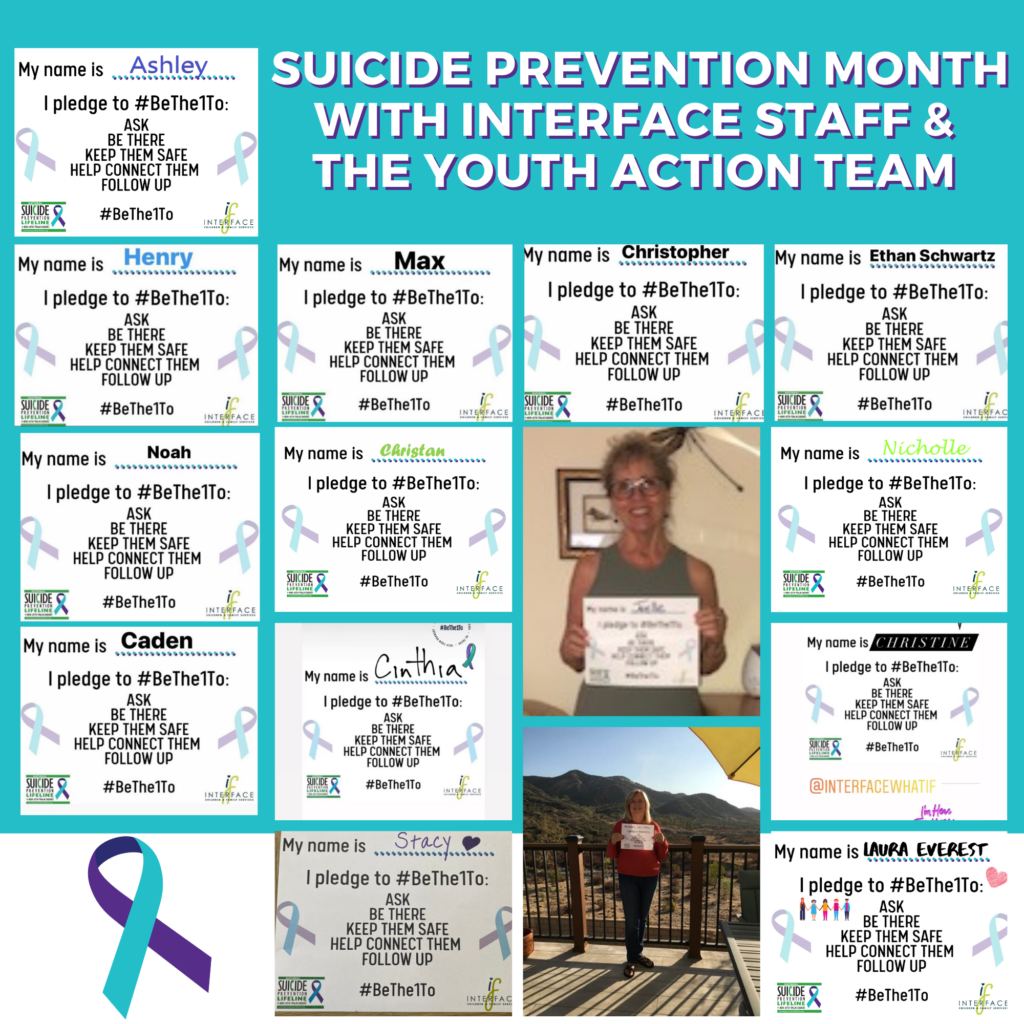It’s hard to be an adolescent in 2020. Their social lives are so vital to their well-being and identity, but here we are, cooped up at home just to get through the pandemic. Right now, adults are reporting higher than average stress related to politics, inequity, natural disasters, and, of course, COVID-19. If things feel overwhelming to those of us with fully developed brains, what’s it like to be a teenager right now? What’s it like to be cut off from your friends and the structure of the regular school day? Or to manage anxiety about racial injustice dominating the media while the air hangs with smoke from ever-larger wildfires?
 Many pre-teens and teens struggle through adolescence. Their every emotion is heightened and often not checked for its veracity. Coping skills are unfamiliar and difficult to practice. The culture around them can often whisper, “What feels good is good,” and they are prone to believe this suggestion even when what “feels good” may be harmful. So we see increasing numbers of teens engaging in risky behaviors and experiencing severe anxiety and depression. Suicidal ideation and self-harm continues to rise among adolescents. They are an entire segment of our population and they are vulnerable right now.
Many pre-teens and teens struggle through adolescence. Their every emotion is heightened and often not checked for its veracity. Coping skills are unfamiliar and difficult to practice. The culture around them can often whisper, “What feels good is good,” and they are prone to believe this suggestion even when what “feels good” may be harmful. So we see increasing numbers of teens engaging in risky behaviors and experiencing severe anxiety and depression. Suicidal ideation and self-harm continues to rise among adolescents. They are an entire segment of our population and they are vulnerable right now.
To support this vulnerable population, Interface is offering telehealth mental health care, and we have youth crisis outreach still working through the pandemic. Our staff are educated and trained to support and offer best practice treatment to youth experiencing suicidal ideation and self-harming behavior. We work closely with the schools, county, and community supports to ensure access to caring people supporting wellness and recovery.
Here’s just one example of the important work we can do at Interface:
We have a teen in treatment that has experienced suicidal ideation and self-harm for the past two years. Our therapist recognized that it would be helpful to include her favorite youth pastor and favorite teacher from school in her therapy. It helped her feel supported and important. Additionally, including family and encouraging them to express their concerns and fears, and especially love in front of her, was eye-opening for this teen client. She’s experiencing a sense of belonging, feeling valued, as others affirm her and her life!
This teen has not engaged in self-harming behaviors in 11 months. Although she continues to experience some suicidal thinking, it is less frequent. She is better at communicating about her thoughts to appropriate sources, implements coping skills to feel better, and regularly attends therapy through our telehealth system.
The National Institute of Mental Health indicates that suicide is the second leading cause of death among people aged 10-34. It is preventable. Knowing the warning signs for suicide and how to get help can save lives.
You can keep a lookout for teens at risk of suicide in your family and friend groups. Some red flags to watch out for and actions to take if you see these warning signs can be found at: www.save.org.
With every trip I take around the sun, I find more compassion for the adolescents in my life even as my memories from that chapter fade a little. I can’t imagine growing up with the pressures of social media or the frenzy of our news cycle. I can’t imagine spending six months largely isolated from my friends. I’m rather glad to have the awkward memories of junior high and high school fading away and gaining context as I get older. Adolescence has always been a time of transition, discovery, awkwardness, and sometimes frustration. Let’s keep our teens close to us and alive long enough for them to see the other side of that challenging phase. Remember, if you’re concerned, be the one to ask…
With respect and compassion,




